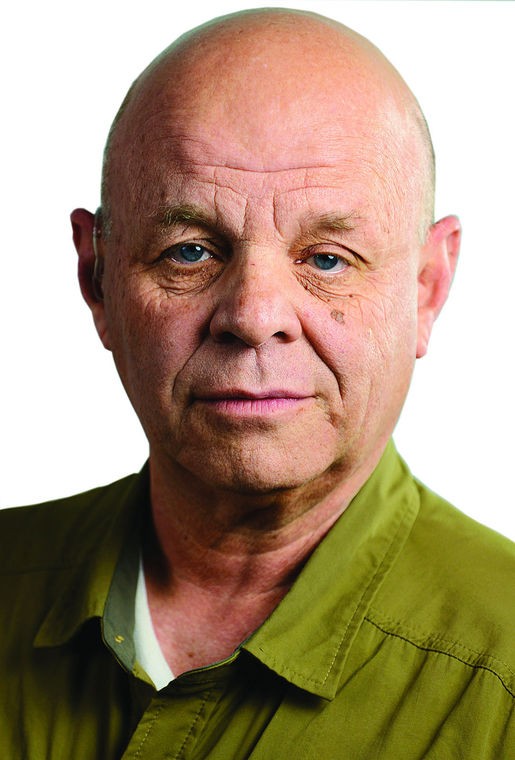From time to time, I get e-mails from people asking about the best all-around rifle for hunting big game in North America.
Admittedly, not many readers of my columns ask about an all-around rifle, but some do. I suspect the reason most don’t is because they have been shooting and hunting for some time and have already decided what rifles they want to hunt with.
Toward the end of December 2017, I received an interesting e-mail asking about the best rifle to have while traveling through the backcountry of either Alaska or Africa. He told me in his e-mail to me that he wasn’t familiar with rifles except for a BB gun and a .22 rimfire. Someone had already recommended a .375 H&H, but he was concerned about recoil and wondered if he ought to look at something else.
First of all, the .375 H&H Magnum is the minimum caliber that’s considered a charge stopper in Africa, and it is the smallest caliber allowed for dangerous game in most parts of Africa.
The .270 Winchester, the .30-06, the 7mm Magnum, .300 Winchester and Weatherby Magnums, along with the .340 Weatherby, are all used on plains game in Africa. But Africa’s “Big Five” most dangerous big game animals are also residents where the plains game can be found. Therefore, hunters in Africa also generally carry at least a .375 H&H, if not something more powerful.
Africa is unique. Wildlife in Africa are among the toughest animals on Earth because of the constant danger from predators. Almost everything in Africa eats or is eaten by something else. Plains game in Africa rely on awareness and speed to defend themselves from predators. Predators in Africa have to be really accomplished hunters to surprise and attack their prey before the prey can exit the area.
Because of the harsh realities of life in the African bush, most of the game that survives can take a pummeling and still live to run or fight another day. I just finished reading an account by the late professional hunting guide, Peter Capstick, where he tells of having to shoot a charging 500-pound lion 10 times with a .375 H&H Magnum while his hunting partner unloaded several .500 Nitro Express rounds into the same lion before it finally laid down. The animal took another 12 minutes to die even though it was so shot up it couldn’t walk anymore.
That is a phenomenal tenacity for life. You just never know if African game will succumb to one shot or keep coming for more, maybe a lot more before it’s charge card is canceled.
So, whether you like really stiff recoil or not, you better get used to it and carry a .375 H&H Magnum or bigger if you plan to wander around the African bush.
Actually, hunting in Africa seems like such an ordeal in so many ways that only the wealthy can afford the safaris.
In North America, including Alaska, the .270 Winchester and .30-06 have plenty of power for hunting any big game animals, including the largest bears. Where the .270 Winchester and .30-06 seem to disappoint some hunters is on long shots over 500 or 600 yards, particularly if the animal being hunted is a large elk or moose.
When it comes to bears, most shots are much closer than with ungulates, and a .270 Winchester or .30-06 has more than enough power to handle the job at 100 yards or less.
The .300 H&H Magnum has been around since 1925, but when Roy Weatherby introduced the more powerful .300 Weatherby Magnum in the 1940s, it became a favorite of big game hunters in North America because of it’s flatter trajectory and increased stopping power at long range.
It was also favored by hunters in Alaska until Weatherby came out with its .340 Weatherby Magnum in 1962. Personally, I am just as happy with a .300 Winchester Magnum or .300 Weatherby Magnum as I am with a .338 Winchester Magnum or .340 Weatherby when it comes to hunting elk, moose or pronghorn that won’t let you get less than several hundred yards from them.
So what I told the reader who emailed me about hunting in Africa or North America was that I recommended that he get a .30-06 and shoot it until he was comfortable with 20 foot-pounds of recoil and could hit his target the majority of the time, and then decide if he wanted to purchase one of the magnum calibers with their increased knockdown power and stiffer recoil.
At least he would have a caliber that would take any animal in North America and at least plains game in Africa, and he could rent a .375 H&H Magnum from the hunting concession and be backed up by a professional hunter with a really potent charge stopper if he didn’t want to own one himself.
Smokey Merkley was raised in Idaho and has been hunting since he was 10 years old. He was among the first DPS-certified Texas Concealed Handgun Instructors. He can be contacted at mokeydo41245@hotmail.com.



